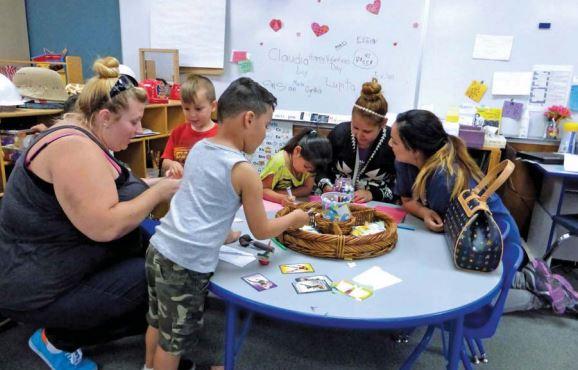33 6.4: Practices to Promote a Multicultural Classroom
Curriculum and activities need to be carefully designed and implemented in the program. An antibias curriculum can help children to learn about their own identity and to respect different gender, ethnicity, races, backgrounds among people.
Teaching to Children’s various Learning Styles
Every child learns in different ways. To be able to meet children’s physical, emotional, social, and academic needs, educators need to know each child’s unique learning style.
Welcoming Family and Community Involvement
Educators should provide families and the community frequent opportunities to be involved in school activities. Some recommendations are personalizing your approach to the family, ensuring communication is nonjudgmental, expressing resolve in maintaining involvement, providing strong leadership and administrative support, and managing community outreach.

Supporting and Valuing Every Child
The concepts of valuing the individual and respect for human diversity have evolved slowly over the ages. Every child needs to be treated as an individual and children need to learn their own identity and background. [71]
|
Supporting Children’s Understanding of Fairness and Respect for Others |
|
“That’s not fair!” expresses a preschooler’s concern for fairness, and the child’s growing sensitivity to others’ feelings also contributes to this concern. Efforts to act fairly can be manifested in turn-taking, sharing, cooperation, and understanding how preschool program rules help to maintain fairness. During the preschool years, children gradually become more capable of balancing their own interests with those of other children and of respecting others’ desires and goals. Teachers contribute to these achievements as they explain rules (and the reasons for them) that emphasize fair conduct, the need to cooperate with the interests of others, and using words to help children understand another’s emotions, viewpoints, and goals. It is also important to assist children when they think that fair equals the same. Sometimes what is fair is doing what is needed for each child. There are times that a child may need an adult’s help to do something (e.g., hold the jar steady) and another child is asked to do it without an adult’s help. You can support this with the following interactions and strategies:
|

